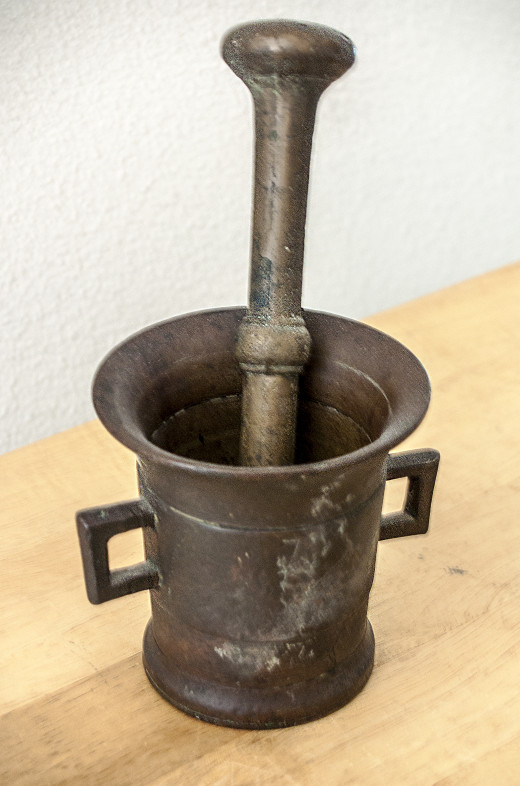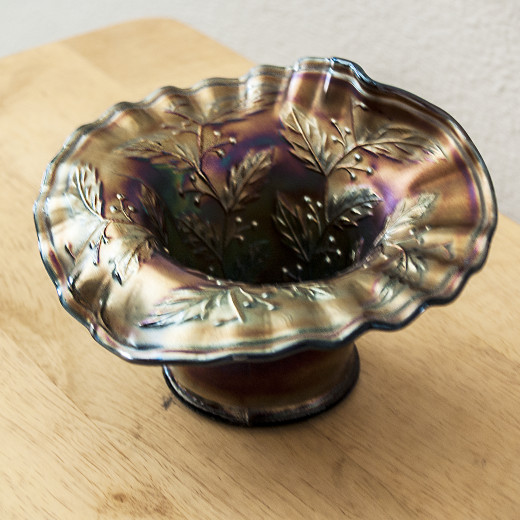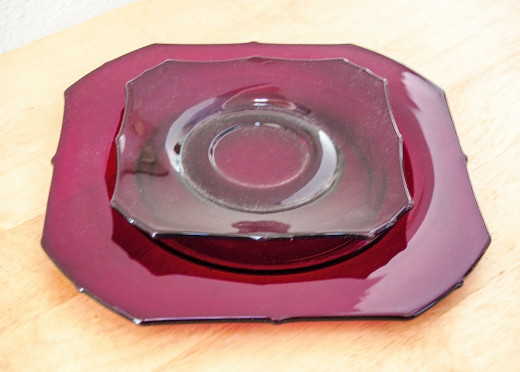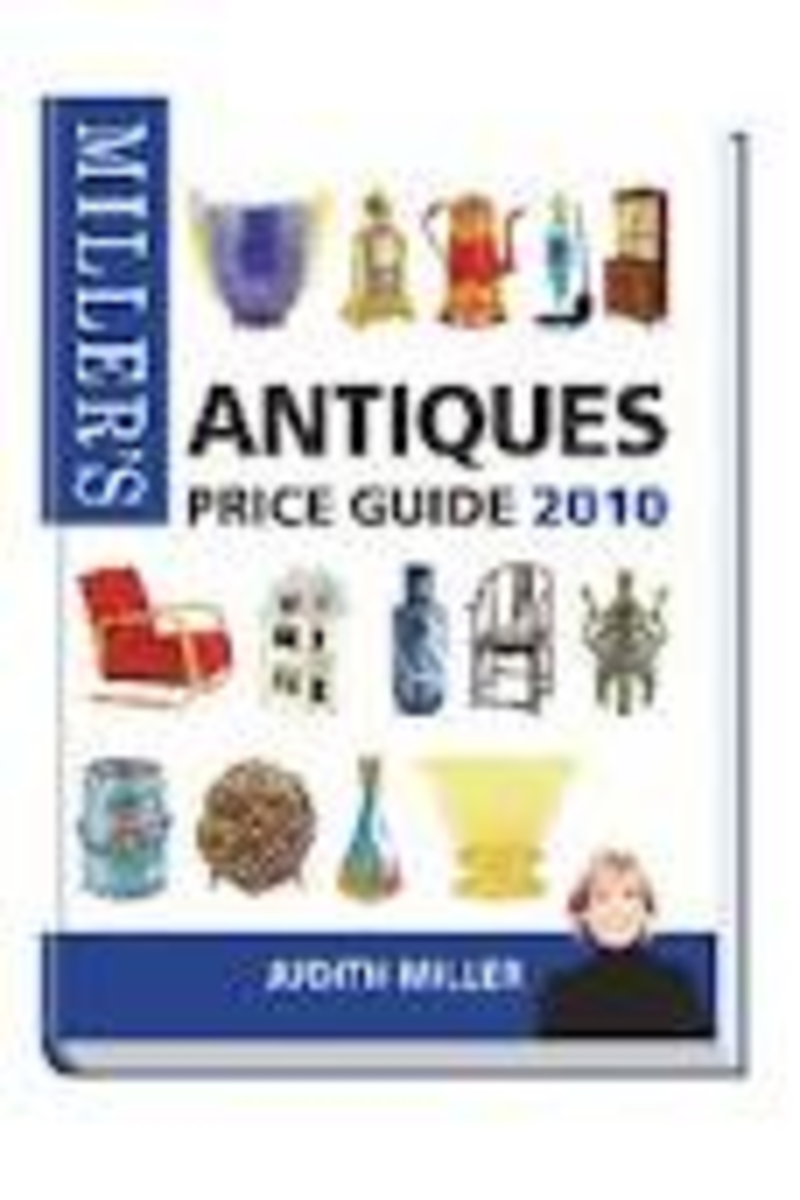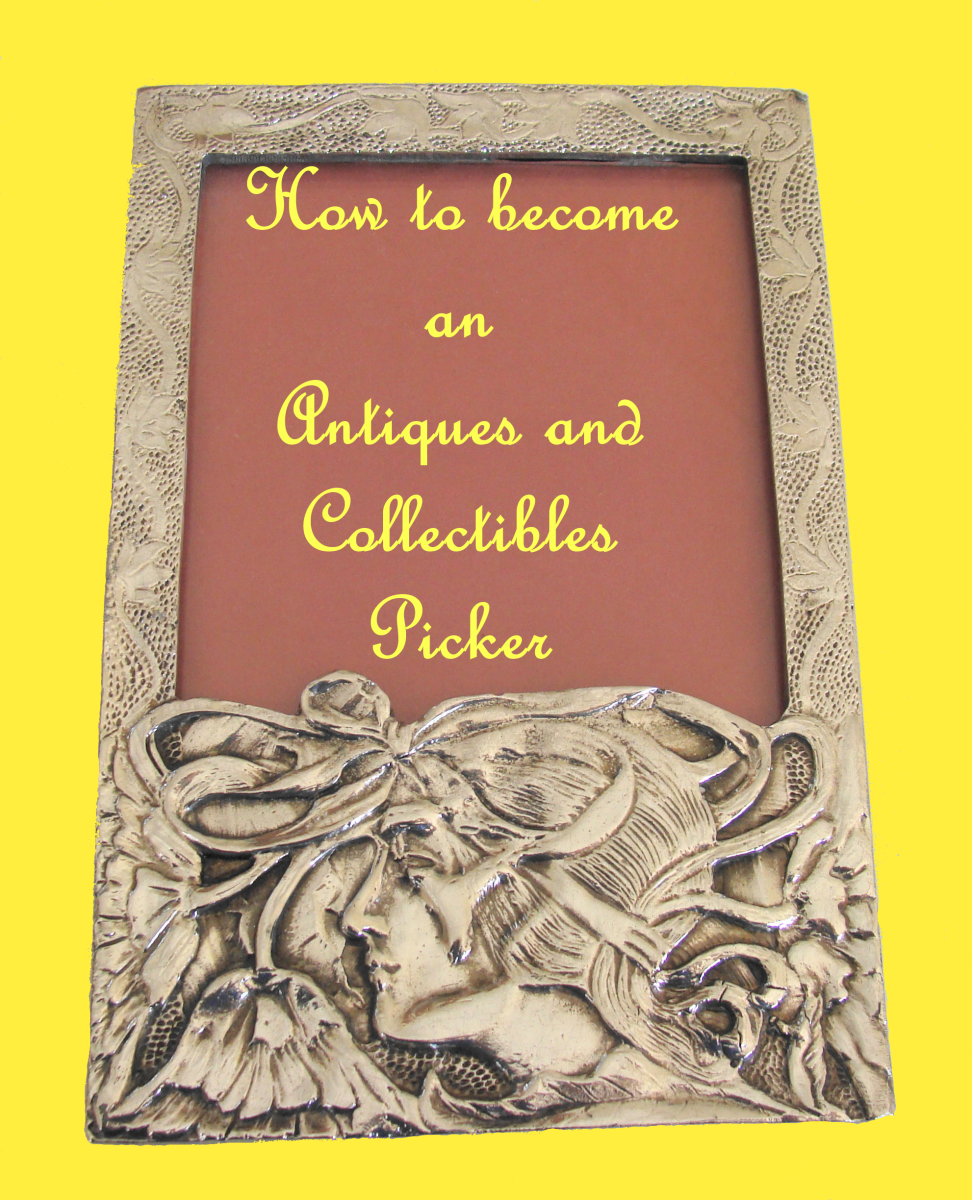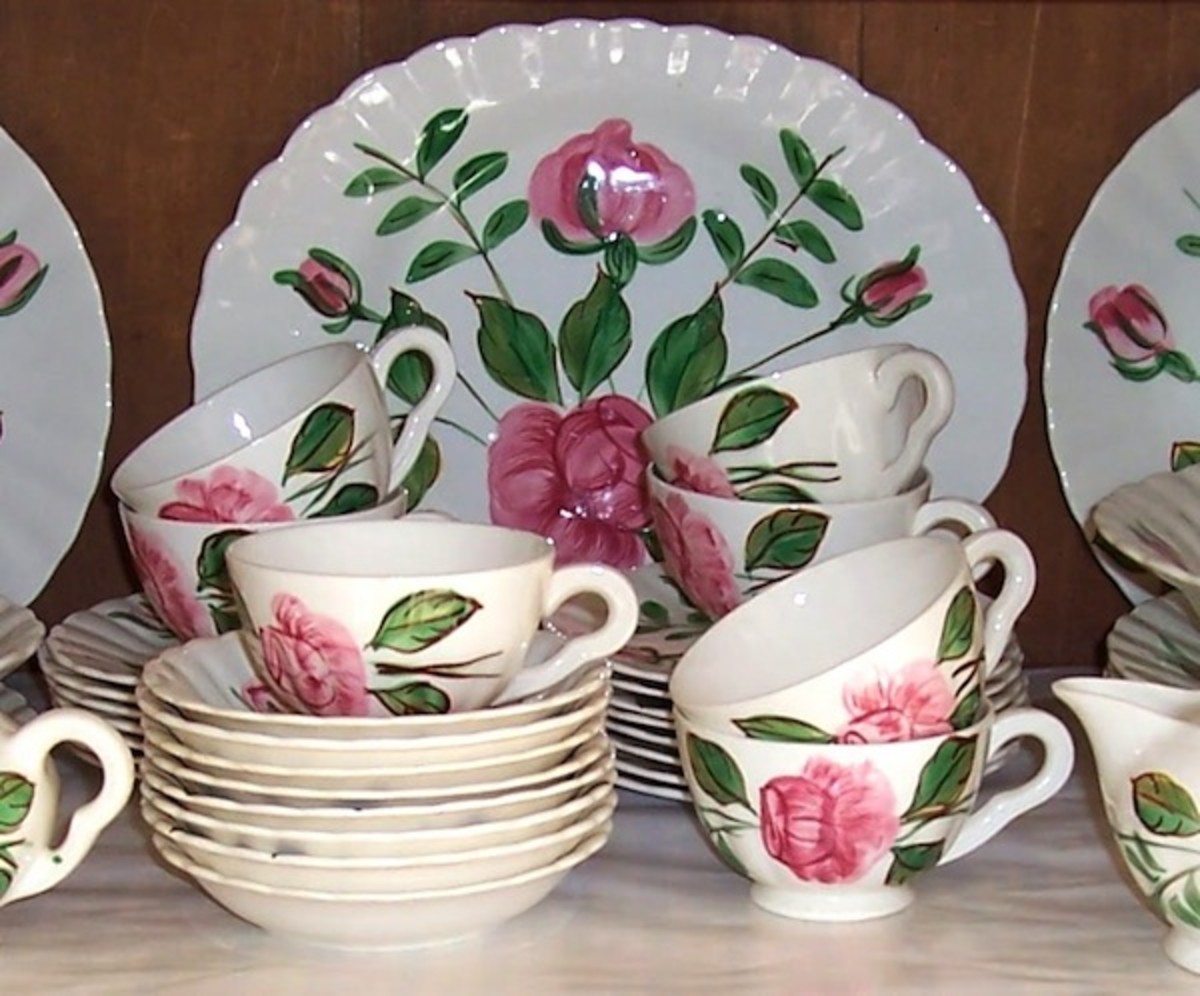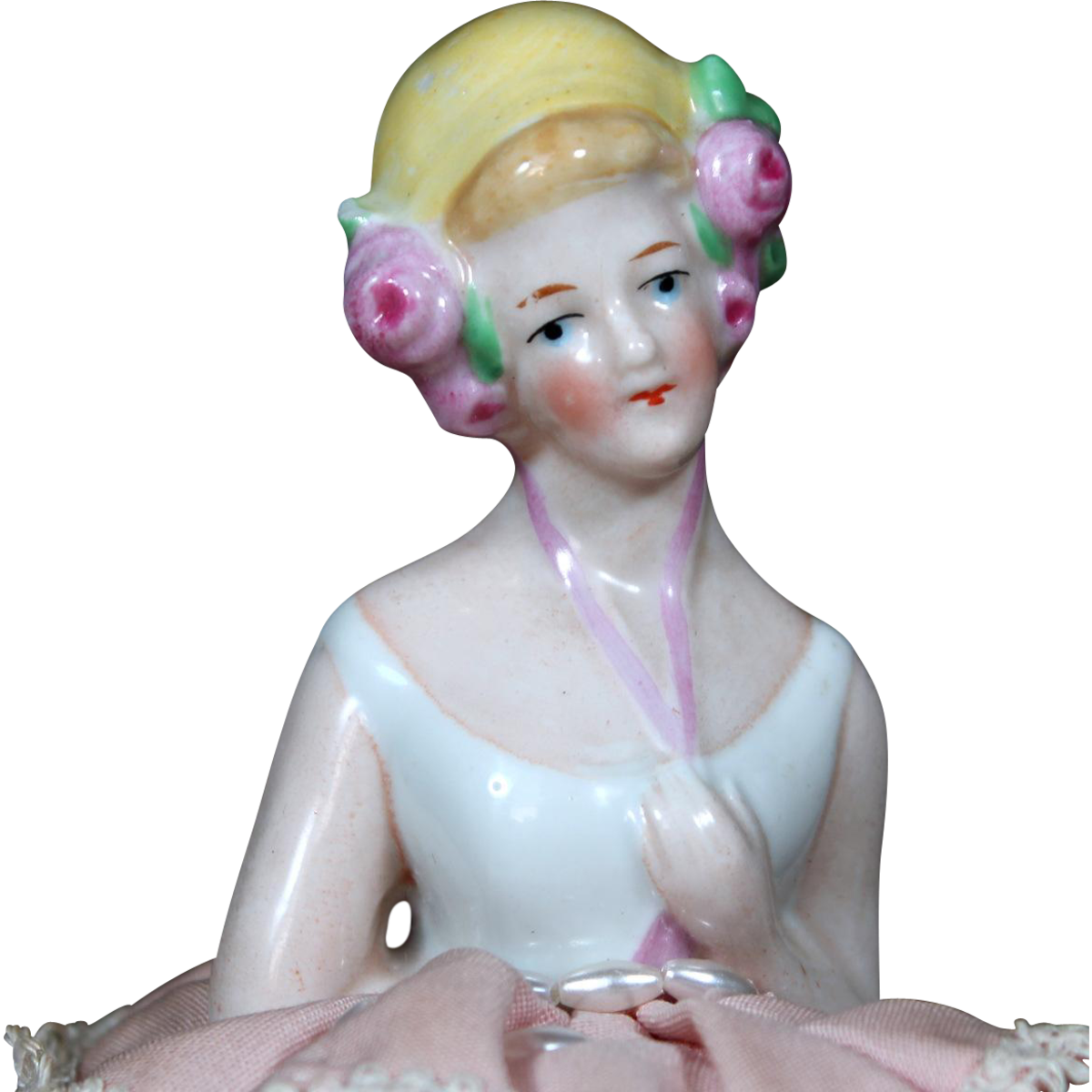Antiques Roadshow Appraisals
First Appraisal Line for All Antiques Roadshow Ticket Holders
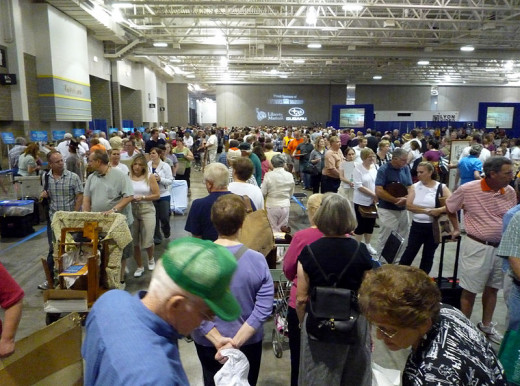
Cars
Cars are almost always altered, They can be registered as "classic" by their owners when they are 20 years old and are considered "antique" by car enthusiasts when they are 25 years old.
Popular Definition of "Antique"
The popular, or common, definition of antique is a collectible object at least 100 years old in unaltered, original condition. Antiques are collected because of their considerable age, beauty, condition, features, historical significance, rarity, or value. They are also collected due to the emotional attachment associated with their having been handed down in one's family for many generations.
Smoot-Hawley Tariff Act of 1930 Definition of "Antique"
The Smoot-Hawley Tariff Act is was signed into law in the United States on June 17, 1930. The law raised tariffs to record levels on more than 20,000 imported goods. The original intent of the law was to help domestic farmers by greatly increasing the tariffs on imported agricultural products.
Exempt from the outrageous important duties were antiques. The Smoot-Hawley Tariff Act defined antiques as
"...works of art (except rugs and carpets made after the year 1700), collections in illustration of the progress of the arts, works in bronze, marble, terra cotta, parian, pottery, or porcelain, artistic antiquities and objects of ornamental character or educational value which shall have been produced prior to the year 1830."
Do you own any items that are more than 100 years old?
The era of mass production in the United States began in 1830. Before that time, most items was hand-crafted of high quality.
The popular notion of an antique being more than 100 years old stems from the fact that mass production manufacturing began 100 years before Smoot-Hawley was signed into law.
Related Antiques Terms
Term
| Definition
|
|---|---|
Antiquities
| Antiquities are artifacts from the ancient past—items found in an Egyptian mummy's tomb, for example.
|
Collectables
| Collectables are any items that a person decides to collect. The items can be ones that were manufactured for the purpose of being collected, such as baseball cards, or ones that originally served another purpose, such as comic books.
|
Retro
| Retro items are ones that have been made in the style of older items. The Mini Cooper is an example of a retro-style automobile.
|
Vintage
| Vintage items are ones that are not old enough to be considered antiques, but are too old to be considered contemporary.Clothing items which are several decades old are examples of vintage items.
|
Second Appraisal Line for All Antiques Roadshow Ticket Holders
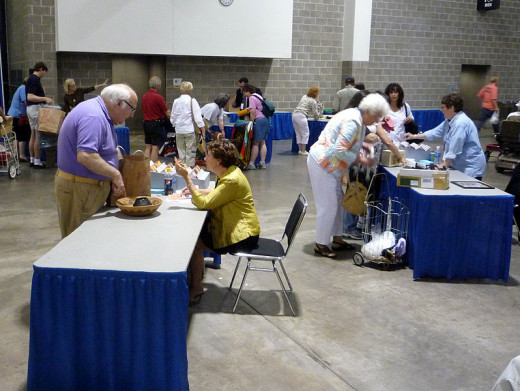
What is Antiques Roadshow?
Antiques Roadshow is a television program which originated in the United Kingdom in 1979. The program is broadcast from outdoor locations, primarily castles, stately homes, or country estates. A new set has to be built every week.
An American version of the program has been shown on Public Broadcasting Service (PBS) public television stations in the US since its inception in 1997. The program is broadcast from indoor locations, almost always convention centers in mid-sized American cities.
The concept of the show is simple:
Local collectors bring their treasures to be appraised by antiques / collectables experts. The collectors and the experts briefly discuss the provenance—chain of custody or chronology of ownership—of the piece, its history, and its monetary value.
Season 18 of Antiques Roadshow
The appraisal events for Season 18 of Antiques Roadshow took place during the summer of 2013 for broadcast throughout 2014. The video which follows contains highlights of significant Season 18 appraisals.
Everyone is permitted to submit only one request. If multiple requests are discovered, all requests submitted by the individual are discarded.
How to Obtain Tickets to Attend an Appraisal Event
The issuing of tickets is by lottery. The procedure is the same every year. I am going to use 2013 / 2014 as an example.
Early in 2013, the schedule of cities on that year's appraisal tour was announced on the PBS / Antiques Roadshow Web site.
Everyone receiving a ticket must bring one or two items to be appraised. An "item" can be a collection of similar pieces. A box filled with antique toys counts as "one item."
People wanting to attend an appraisal event had to fill out a request form and submit it online, indicating a city and a preferred entry time.
In May of 2013, names were drawn from among those requests for tickets in each of the six tour cities, and two tickets were mailed to each person.
Anaheim, California 2013 Appraisal Event
My boyfriend and I attended the appraisal event in Anaheim, California in the summer of 2013. We had been fans of the program for many years and were anxious to learn more about three items which had been handed down to me by my grandmother:
- Mortar and pestle made in Russia by my great-great-great-grandfather the early 1800s.
- Carnival glass bowl
- Depression glass dinnerware
Mortar and Pestle, Carnival Glass, and Depression Glass
Click thumbnail to view full-size


Have you ever attended an Antiques Roadshow appraisal event?
Walk for Miles
The appraisal event we attended was held at the Anaheim Convention Center—near Disneyland—less than 45 minutes from home. We sat for quite some time in our car near the convention center, waiting in line to pay $12 to get into one of the venue's parking lots or parking garages. We found a spot on the top level of a parking garage and wheeled the small suitcase packed with my treasures to a steep, narrow staircase—no elevator. Since we had glass items in the suitcase, we couldn't take a chance wheeling (bumping) the case down the steps, so we carried it. Then, we walked for at least a mile to the building entrance, followed by another long walk to the entrance to the event.
Stand in Four Lines
At the entrance to the event, we had to show a photo ID, our tickets, and the e-mail confirmation which indicated our assigned entrance time. We stood in line for more than an hour, waiting to get into another line in order to speak to a general appraiser. When we got to the front of the first line, we were told to unpack the suitcase which contained our treasures. We were assigned a table number and stood in a much shorter line in front of a table at which a general appraiser sat.
The general appraiser looked at our items and handed us three tickets. One ticket was for the metalwork expert's table—for the mortar and pestle. The other two tickets were for the glassware expert's table—for the carnival glass and the Depression glass.
After receiving our tickets to speak with the expert appraisers, an event volunteer escorted us to the appraisal area, handed us a map, and pointed us in the general direction of the metalwork expert's table.
Mortar and Pestle Appraisal
I spoke with Stuart Whitehurst, a partner in the Marvin & Whitehurst Appraisal Group. Mr. Whitehurst said that as soon as he saw my mortar and pestle, he knew by its design that it was created in Russia.
He said that my great-great-great-grandfather created the mortar and pestle between 1800 and 1810. Mr. Whitehurst said bell metal was used in the casting of the two pieces. He went on to explain that bell metal was a type of bronze with a 4:1 copper to tin ratio. It was so named because it was used in the making of bells and cymbals—and cannons—and cooking utensils. The alloy is nearly indestructible, and because of this, many mortar and pestle pieces have survived in the same manner as the treasure I inherited.
Unfortunately, the expert appraiser concluded, because so many mortars and pestles had survived upwards of 200 years, they weren't worth a lot of money. My great-great-great-grandfather's creation was worth between $100 and $150.
Carnival Glass Appraisal
I spoke with Arlie Sulka, owner of Lillian Nassau LLC, regarding my carnival glass bowl. Ms. Sulka asked me what I knew about the piece. I said it was a hat-shaped carnival glass bowl and added that I had spent a lot of time trying to identify the pattern. I thought the pattern might be Fenton's "Holly," but I wasn't certain about that.
Ms. Sulka took a carnival glass identification book from the stack of reference material on her table. She looked at berry, acorn, and holly patterns and concluded that I had correctly identified the pattern. My bowl was Fenton "Holly," created between1900 and 1910, and worth $10.
"Just because something is old, that doesn't mean it's valuable."
– Arlie Sulka
Depression Glass Appraisal
I also spoke with Arlie Sulka regarding my Depression glass. Again, Ms. Sulka asked what I knew about what I had brought. All I could tell her was that I had ruby-colored non-etched Depression glass—eight dinner plates and eight saucers, but no cups.
Ms. Sulka recognized the manufacturer and pattern immediately. The New Martinsville Glass Co. manufactured "Addie" Depression glass, also known as "12-Point" in 1930. Each saucer was worth $8 and each dinner plate was worth $10—a grand total of $144 for my 16 pieces of collectable Depression glass.


